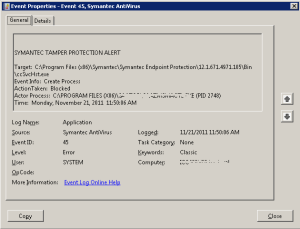So you finally acquiesce to the nagging prompt that the Java runtime needs to be updated. You click OK and the download starts. You wait a few minutes and the installation begins. You click the Next button repeatedly, because you just want to be done with this update.
Unfortunately, you just installed the Ask toolbar in your browser and changed your homepage and search provider to Ask. And you never meant to.
But, if you paid careful enough attention during the installation, there was the tiny – pre-checked – mark that “asked” if you wanted to install the Ask toolbar and all of its attendant changes.
Over the years, I have seen Internet Explorer browser windows with more than five toolbars: Yahoo, Google, Ask, and others. Why would you need all of those? Most people don’t have any explanation. Still others figure it is all part of what they are supposed to have when they use IE (as if Microsoft had decided to update something for them). Even fewer know how to remove them.
One major problem with all these toolbars is that they slow down your web browser. In addition, they add clutter to your screen. Some increase the risk of virus and spyware infections. Of course some toolbars are the result of spyware, so it is not always your fault.
With the Java update, Oracle gets paid by Ask for each user that gets this toolbar and uses it. You, as the “victim,” need to jump through hoops to get your settings back to the way they were before the installation. Unfortunately, even the Windows Restore feature may not work well enough to make things right.
So, what can you do?
For one, you simply have to pay attention during the installation. Different vendors insert this “permission” step at different points. Simply clicking the Next button is a lazy approach. Take your time. Make sure you read each window carefully. Uncheck the box that was filled in for you about any toolbar you don’t need.
By the way, my SPF+ and SHADE subscribers do not encounter this problem – the installation is handled automatically, and no toolbar is installed!
Have a lot of toolbars in your web browser? Send me a screen shot and I’ll post the best entries.


